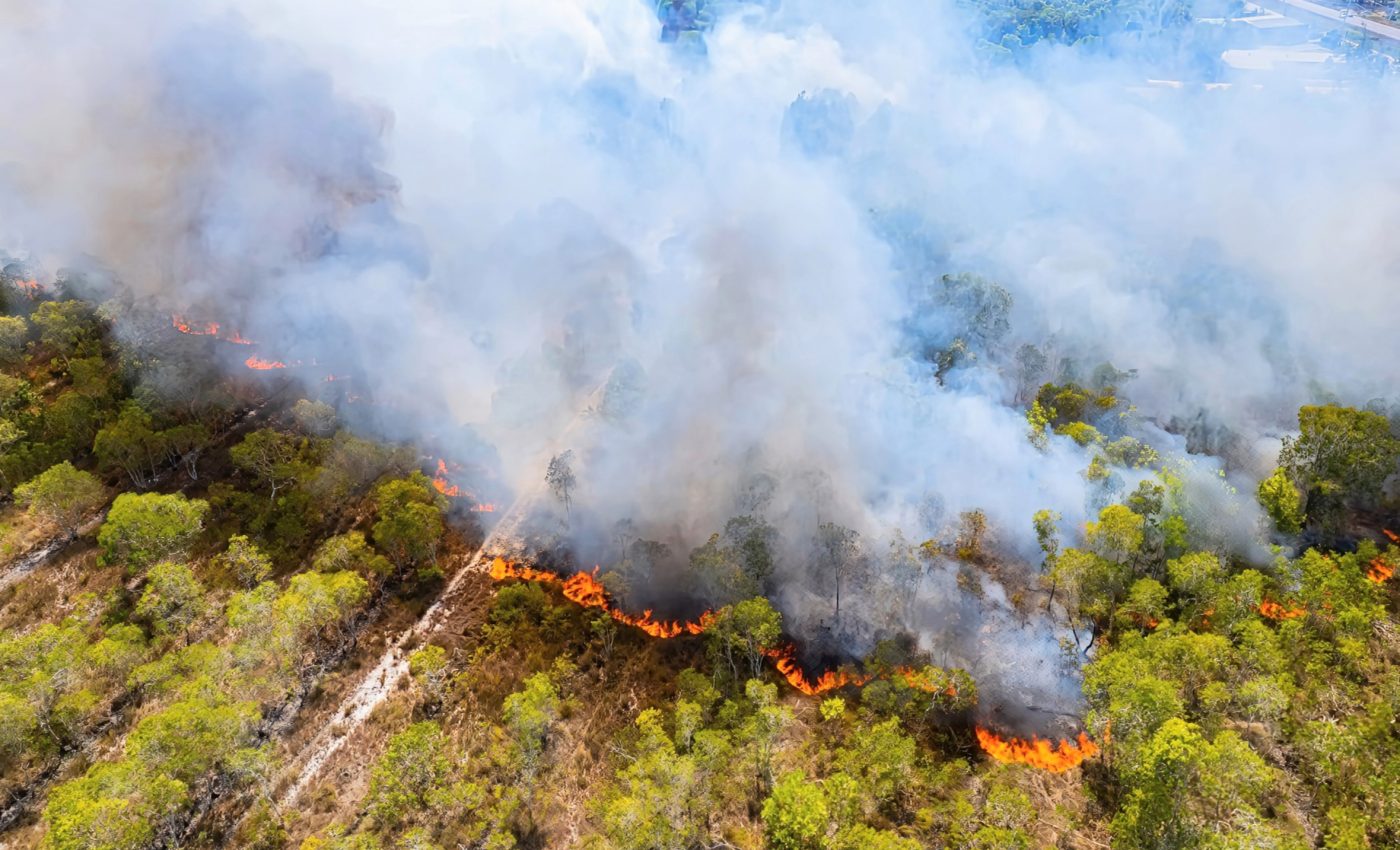
Low-severity wildfires help protect future forests
Wildfires often evoke powerful images of destruction and chaos, but not all wildfires are created equal. While the immediate thought of a wildfire might bring to mind the devastation of homes, landscapes, and lives, there exists a lesser-known narrative about the positive impacts of certain types of wildfires. According to research from the University of California, Davis, low-severity wildfires play a crucial role in protecting our forests.
These milder fires, unlike their more destructive counterparts, can act as nature’s own defense mechanism, reducing the intensity and spread of future wildfires.
The protective power of low-severity wildfires
The study has revealed that low-severity wildfires have the potential to reduce the intensity of future wildfires for up to two decades, provided the right climatic conditions prevail.
By burning under controlled or less extreme conditions, these fires remove accumulated fuel loads such as dead wood and dense underbrush, which are often the culprits in more severe wildfires.
Study lead author Claire Tortorelli is an ecologist at the U.S. Forest Service who conducted the research while a postdoctoral scholar at UC Davis.
Tortorelli emphasized the importance of understanding these dynamics: “Some previous fires can have moderating effects on future fire behavior. It’s important to understand how past wildfires are going to affect what happens in the future.”
Benefits of low-severity wildfires
The researchers examined more than 700 reburn fires over the past 50 years across the western United States. By taking a long-term view and leveraging modern technology, they aimed to quantify the protective effects that less severe fires can provide over time.
Using satellite remote sensing, the research team found that the extent of reduced severity of these “reburns” and the duration of their moderating effect varies depending on factors like climate and forest type.
The study not only highlights the immediate benefits of these fires but also emphasizes how their effects can persist, continuing to protect forests even as environmental conditions evolve.
Climate change is leading to more frequent and intense wildfires, making the findings of this research particularly relevant for future forest management strategies.
“We’re living in a time with increasing wildfire, which poses challenges for our communities and landscapes,” noted Tortorelli.
The role of climate and forest type
The findings reveal that forests along the California coast and Southwest exhibit longer-lasting resilience than those in the Sierra and Cascades.
This geographical variability is key to understanding how different ecosystems respond to fire and what management practices can be most effective in each region.
The study shows that the benefits of these low-severity fires are not uniform but are instead shaped by the unique characteristics of each forest. “It’s all about the vegetation and fuels that are coming back after fire,” said Tortorelli.
The research highlights the importance of local conditions in determining how effective initial fires are in reducing the severity of future fires.
The reduced severity could last up to 20 years in some systems, but the effect diminishes over time, requiring follow-up treatments such as prescribed burns or mechanical thinning to prolong the benefits.
Implications for forest management
The findings could play a key role in helping land managers decide where to focus risk reduction efforts while adapting to a changing climate.
The researchers also found that even in areas experiencing high-severity wildfires, there are often zones that burn with low to moderate severity.
Study co-author Andrew Latimer is a professor in the Department of Plant Sciences at UC Davis.
“It opens this window of opportunity to keep forests in good shape,” said Latimer, emphasizing the widespread impact of low-severity fires as a significant form of fuel reduction.
Wildfires and future strategies
As our understanding of wildfires evolves, so too must the strategies we employ to manage them. The research suggests that low-severity fires should be integrated into long-term forest management plans.
By recognizing the role these fires play in reducing future fire intensities, land managers can develop proactive strategies that harness their beneficial impacts. This includes implementing controlled burns and mechanical thinning to maintain reduced fuel loads and support forest resilience.
As wildfires become increasingly frequent and intense, leveraging these insights is crucial in adapting to a changing climate and safeguarding our communities and ecosystems.
The full study was published in the journal Ecological Applications.
—–
Like what you read? Subscribe to our newsletter for engaging articles, exclusive content, and the latest updates.
Check us out on EarthSnap, a free app brought to you by Eric Ralls and Earth.com.
—–













